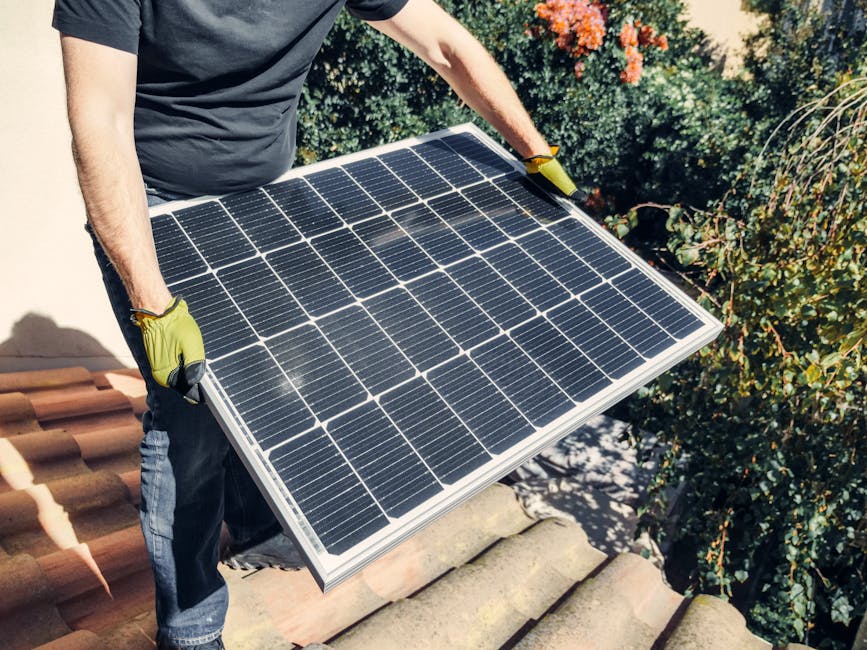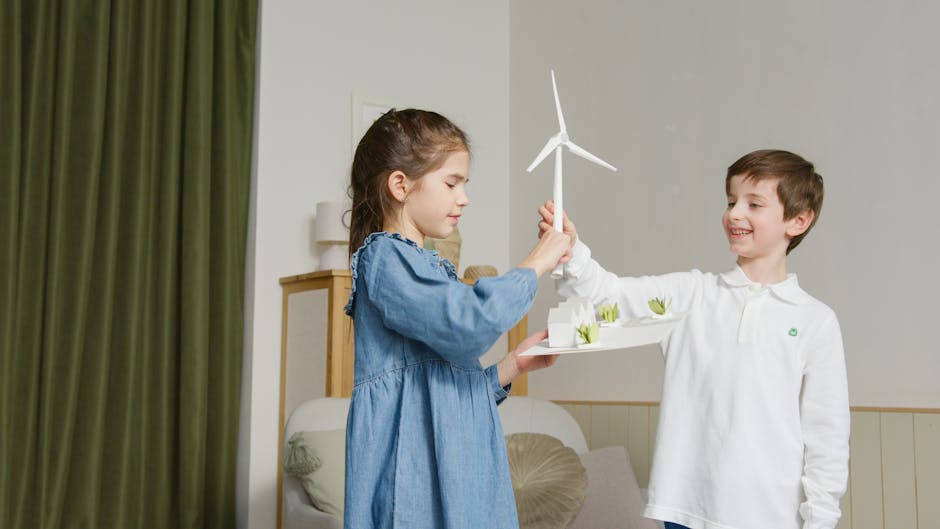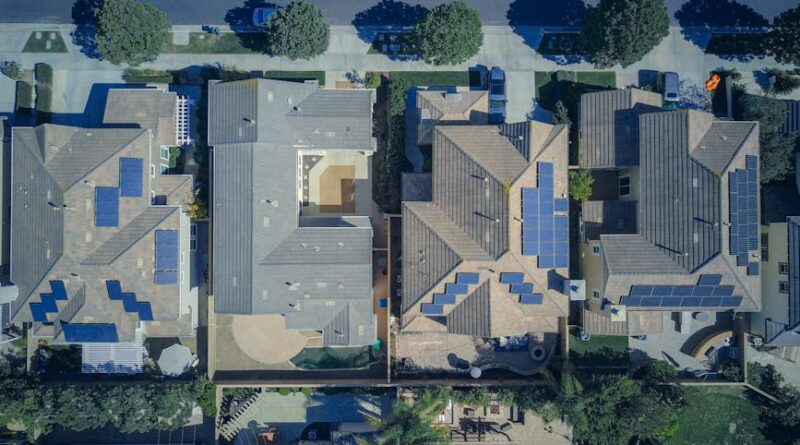Tech Innovations Making Green Homes Possible
Are you curious about how technology can help create eco-friendly homes? You’re not alone! Many people want to live in a space that is both comfortable and kind to the planet. With exciting tech innovations, green homes are not just a dreamthey’re becoming a reality. Lets dive into some key advancements that make sustainable living achievable.
What Are Green Homes?

Green homes use materials and technology that reduce their impact on the environment. They save energy, conserve water, and often use recycled materials. Imagine living in a house that not only looks great but also lowers your utility bills and helps the Earth.
Why Should You Consider Going Green?

Switching to a green home offers numerous benefits:
- Cost Savings: Green technologies often lead to lower energy bills.
- Healthier Living: Eco-friendly homes can improve air quality.
- Increased Value: Green homes often have higher resale values.
According to a report from the U.S. Green Building Council, green buildings can save up to 30% in energy costs. that’s money back in your pocket!
How Do Smart Thermostats Help?

Smart thermostats are a game changer for energy efficiency. These devices learn your schedule and adjust the temperature in your home automatically. This means they can save energy when you’re away.
For example, when you’re at work, the thermostat can raise the temperature in summer or lower it in winter. It keeps your home comfortable while using less energy.
Popular brands like Nest and Ecobee offer features like remote access. You can control the temperature from your smartphone, making it easy to manage your energy use.
Can Solar Panels Power Your Home?

Yes! Solar panels convert sunlight into electricity. They can drastically reduce your reliance on fossil fuels. In fact, many homes are now self-sufficient, producing enough energy to power themselves.
Installing solar panels might seem expensive at first, but they pay off over time. On average, homeowners save about $20,000 over 20 years. Plus, many states offer tax incentives to help with the upfront costs.
What About Energy-Efficient Appliances?
Energy-efficient appliances are designed to use less electricity or water. Look for products with the ENERGY STAR label. These appliances can save you money while helping the environment.
Common energy-efficient appliances include:
- Refrigerators
- Washing machines
- Dishwashers
For instance, a new ENERGY STAR washing machine uses about 25% less energy than standard models. This means lower bills and less environmental impact!
How Does Smart Home Technology Make a Difference?
Smart home technology integrates devices that you can control remotely. This technology enhances efficiency and convenience. For example, smart lights can turn off when you leave a room, reducing energy waste.
Here are some popular smart home devices:
- Smart Plugs: These let you control devices from your phone.
- Smart Lights: You can schedule when they turn on or off.
- Smart Sensors: They detect when a room is occupied or vacant.
By using these devices, you can manage your home’s energy consumption in real time. This means you have more control over your energy use and savings.
What Role Does Insulation Play?
Insulation keeps your home warm in winter and cool in summer. It reduces the need for heating and cooling, which saves energy. Modern insulation materials, such as spray foam and recycled denim, provide excellent performance.
Effective insulation can reduce your energy usage by up to 20%. This not only saves money but also makes your home more comfortable.
Are There New Innovations in Renewable Energy?
Yes! Beyond solar panels, other renewable energy sources are making waves. Wind turbines, geothermal heating, and even hydroelectric systems are becoming more common in residential areas.
For example, some homeowners install small wind turbines to generate electricity. These systems can be especially effective in windy areas. They can work alongside solar panels for a fully sustainable energy system.
How Can Rainwater Harvesting Help?
Rainwater harvesting collects rainwater for reuse. This water can be used for irrigation, flushing toilets, or even washing clothes. It reduces the demand for municipal water, which is especially helpful in drought-prone areas.
A simple rain barrel can collect water from your roof. Larger systems can be integrated into your homes plumbing. This innovative approach can save homeowners money on water bills while conserving this precious resource.
What About Sustainable Landscaping?
Sustainable landscaping uses native plants and efficient watering techniques. This practice promotes biodiversity and reduces water usage. Native plants are adapted to the local climate, requiring less maintenance.
Here are some tips for creating a sustainable landscape:
- Choose native plants.
- Use drip irrigation systems.
- Add mulch to retain moisture.
These methods not only save water but also create a beautiful and resilient garden.
What Are the Future Trends in Green Homes?
The future of green homes looks bright! We can expect more advanced technologies that minimize our environmental impact. Innovations like 3D-printed homes and advanced energy storage systems are on the horizon.
For instance, 3D-printed homes can be built using sustainable materials in less time and with less waste. These homes are not only eco-friendly but also affordable.
How Can You Get Started on Your Green Home Journey?
Ready to make your home greener? Here are some actionable steps:
- Start with small changes, like switching to LED bulbs.
- Consider investing in a smart thermostat.
- Look into solar panels or other renewable energy sources.
Every little bit helps! You can make a positive impact on your wallet and the planet.
For more insights on sustainable living, check out the EPA’s guide on green homes.
In conclusion, technology is paving the way for greener homes. With smart appliances, renewable energy, and sustainable practices, you can create a space that benefits both you and the environment. Embrace the innovations and take the first step toward a greener future!

